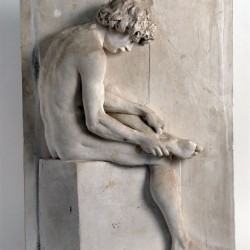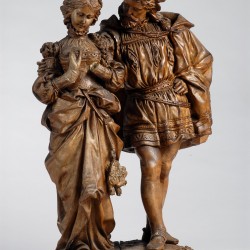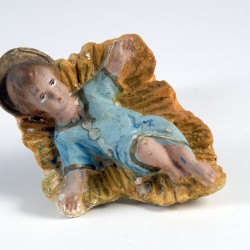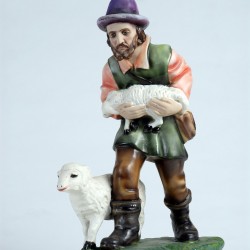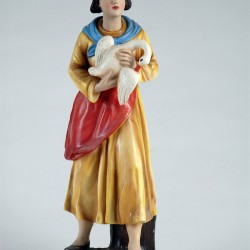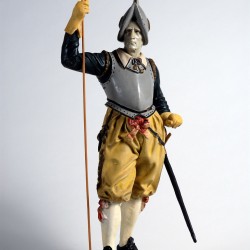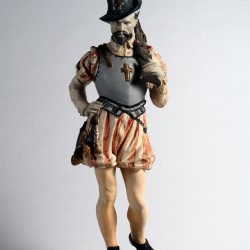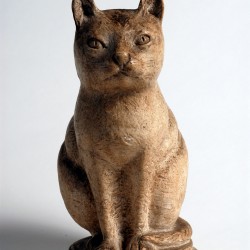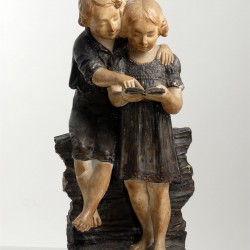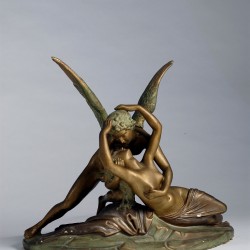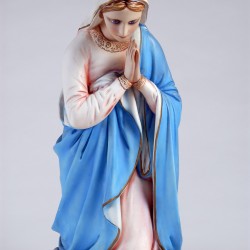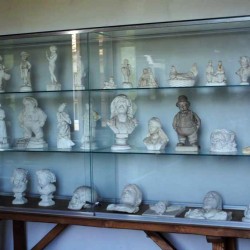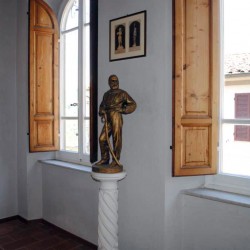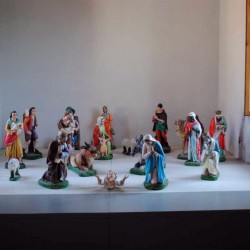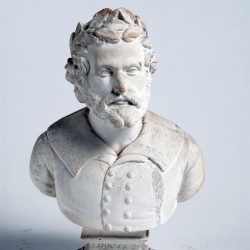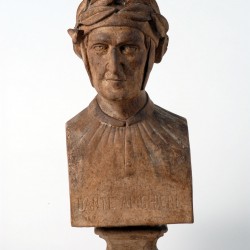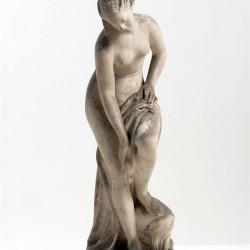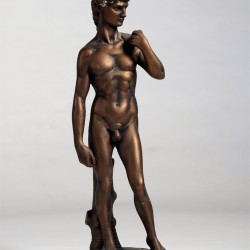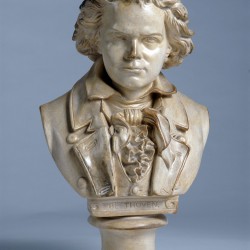Museo della Figurina di Gesso e dell’EmigrazioneCOREGLIA ANTELMINELLI |
| Palazzo Vanni, Via del Mangano, 17 55025 – Coreglia Antelminelli (LU)
www.museivalledelserchio.it www.comune.coreglia.lu.it |
Contact:0583 78082 |
When the inhabitants of Coreglia learnt how to craft plaster, they left the valley to then emigrate to other countries of the world. They had no education but were very ingenious, they understood that plaster was the perfect material for modeling and the most suitable to their needs and poor economic conditions. Everywhere they went they managed to transform old premises into temporary working places where they ate, slept and made plastercraft statuettes. Once the market became saturated, they changed place and therefore moved from town to town, country to country, continent to continent, exploring the entire world.
They always showed a great sense of social acuteness: from brothels to Emperors’ palaces they left their unmistakable nark of beauty, harmony, technical perfection of a simple art. They have always been unrecognized by historians, when history belonged exclusively to the mighty, therefore their stories are described in the yellowing and often forgotten pages of council, archiepiscopal and state archives, as even the incomparable beauty of their creations is enclosed in the display cabinets of the plastercraft statuettes and emigration museum in Coreglia Antelminelli. In this museum it is possible to admire the rarest works of their craft such as the little 8th century cats blackened by candle smoke, the interesting busts with plaster casting or even the original mask of Count Camillo Benso di Cavour. It is also possible to visit the workshop in the basement of the museum where a craftsman will create out of plaster a real or invented personality, landscapes angels, cherubs and animals, to transport the visitor back in time.








